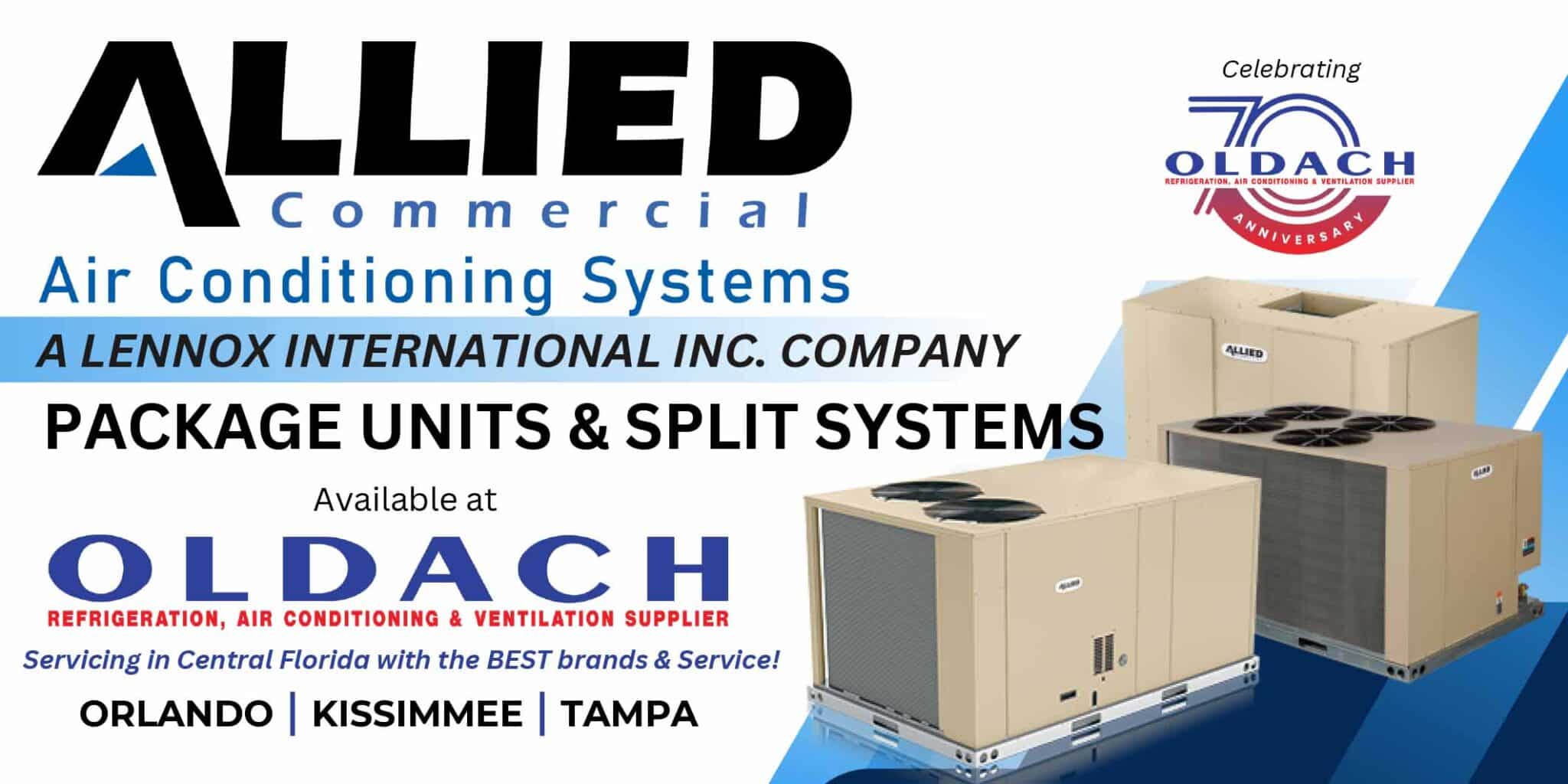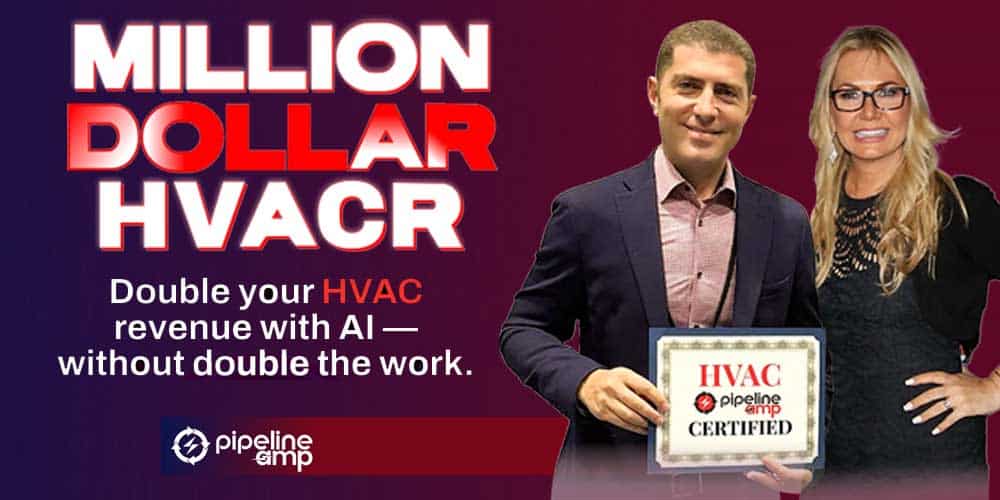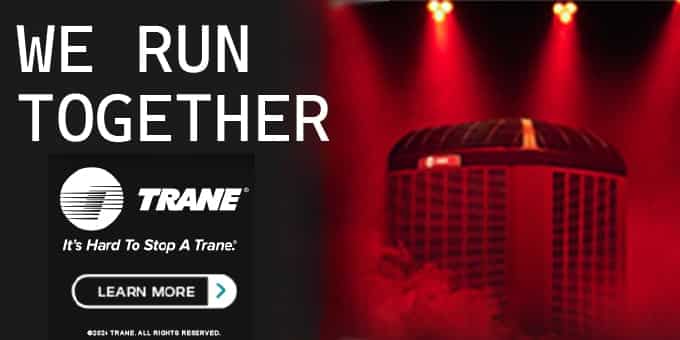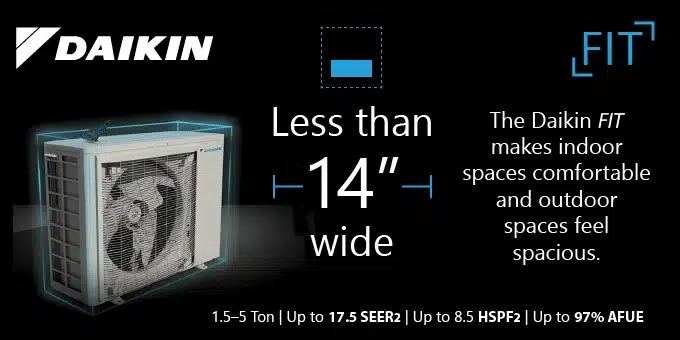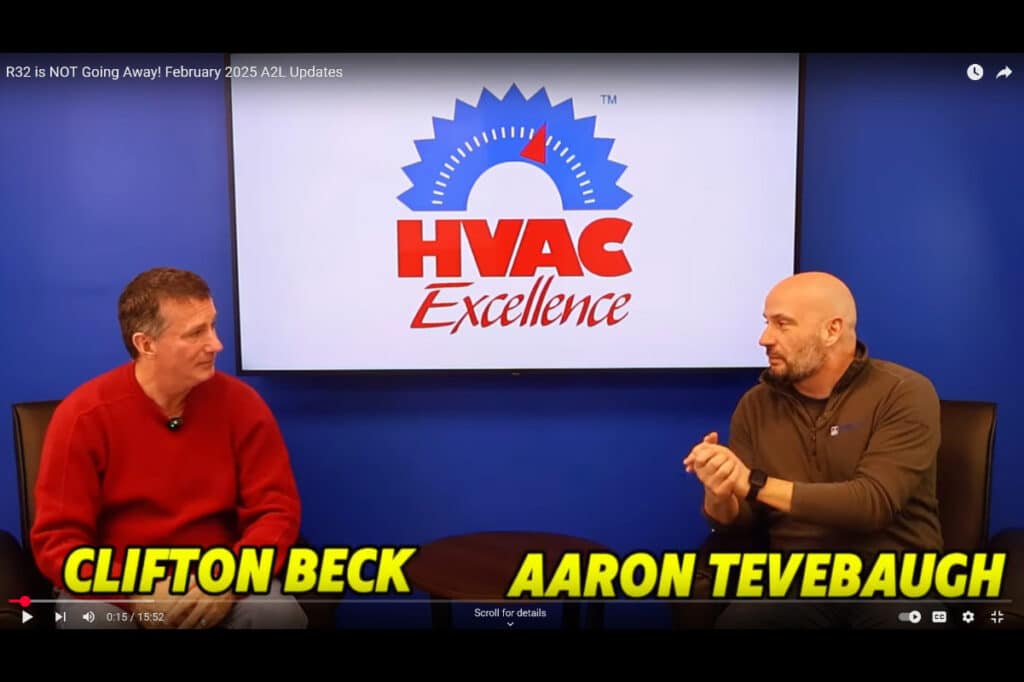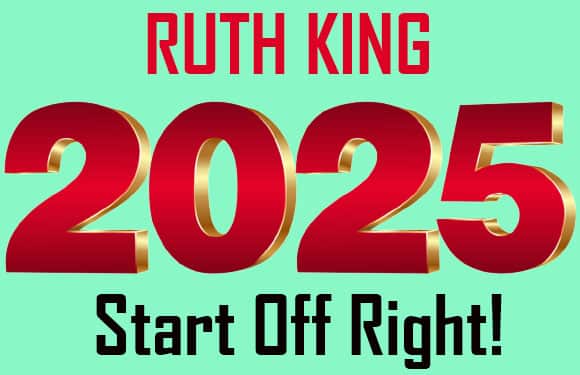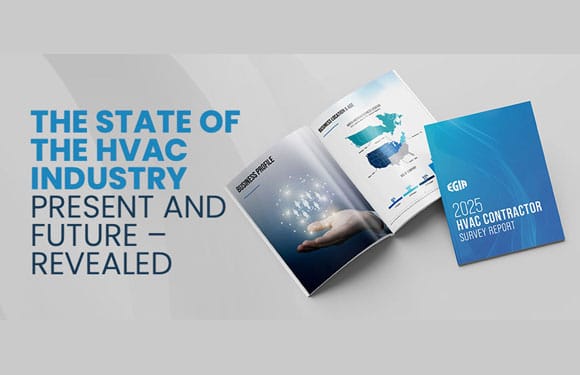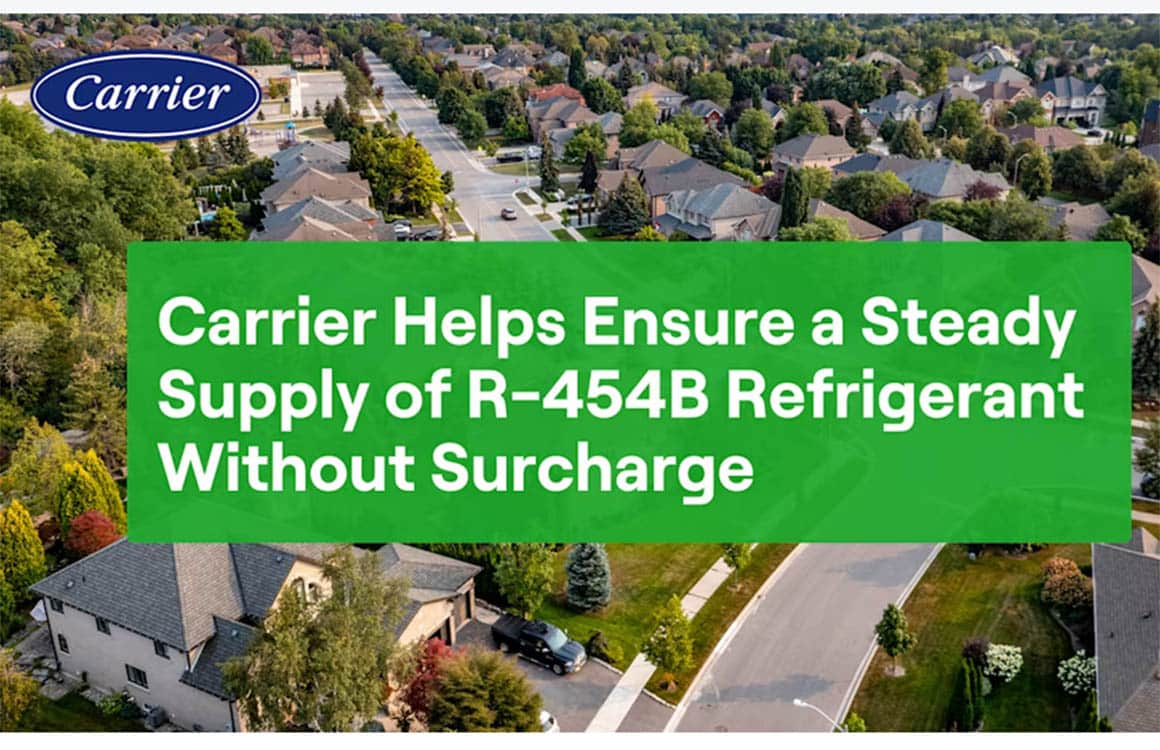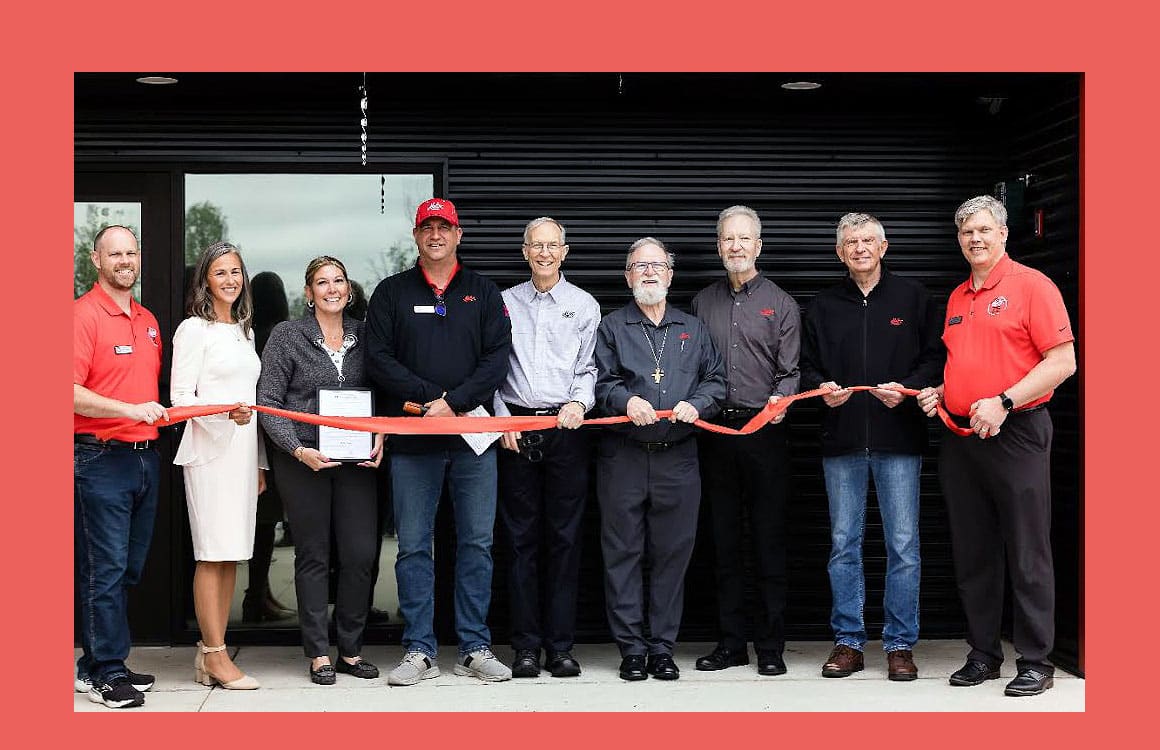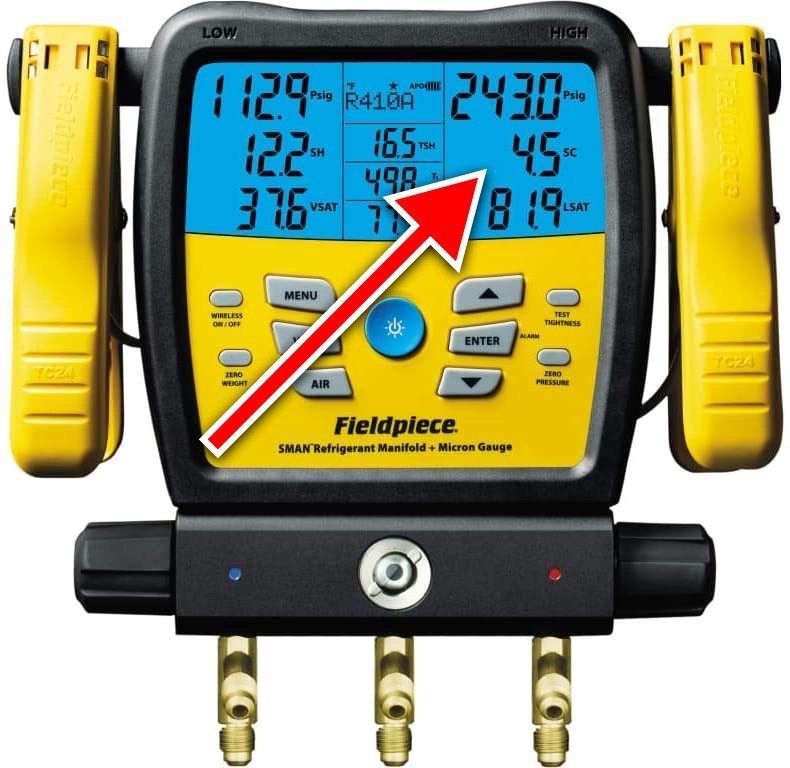
This is the article you read BEFORE you call and ask a senior tech what your subcooling should be. It’s also the one you send to a junior tech when they call and ask you:
So, what is subcooling? (Or subcool, as many call it.)
Subcooling is a measurement of the temperature DECREASE of a liquid below its saturation (mixed liquid/vapor) temperature at a given pressure.
For example, water boils at 212° Fahrenheit at sea level (atmospheric pressure of 14.7 PSIA). If water is 212°F and at atmospheric pressure at sea level, you can be sure it is at saturation, which means it is either in the process of boiling or condensing. If you measure that same water, and it is at 202°F, you can be sure that it is fully liquid and that it is no longer in the process of either boiling (changing from liquid to vapor) or condensing (changing from vapor to liquid). Because the water is at 202°F instead of 212°F, we know it is liquid, and we can also say it is subcooled by 10°F. This 10°F of subcooling proves that not only is it fully liquid but that it has given up more sensible heat energy—enough to drop 10° below the boiling temperature at that pressure.
With refrigerant, we measure the subcooling between the condenser and the metering device, and it gives us a lot of information. It not only tells us whether or not the line is full of liquid; it also gives us indications of refrigerant charge and condenser efficiency when viewed in conjunction with the condensing temperature (high side saturation temperature).

Now, be careful. As with all measurements, it is only as accurate as your tools. It must be taken using liquid line pressure and temperature (the line between the condenser and metering device), NOT discharge line pressure and temperature (the line between the compressor and the condenser coil), AND you must have a good connection to the port. I can’t tell you how many times green techs have called me with “crazy” readings only to find out their hose was not depressing the Schrader core fully.
So, what should it be?
Generally speaking, 10-12°F of subcooling at the outlet of the condenser coil is most common. However, you must look for the proper design subcooling for the particular system you are working on. Some systems will require subcooling readings of up to 16°F for maximum efficiency and capacity.

Many techs will say that subcooling is how you “set a charge” on a TXV/TEV/EEV metering device system.
Subcooling is one of many factors you consider when setting a charge, but you first need to ensure that your equipment is properly matched with the correct metering device. The airflow must be set in properly, the blower, air filter, condensing coil, and evaporator coils must be clean, and you must use a scale WHENEVER adding or removing charge so you can monitor your progress.

While it is true that subcooling is the primary charging measurement on a TXV/TEV/EEV system, subcooling is important to check on every system every time you connect (whenever possible).
Negative Subcooling isn’t possible if the liquid line temperature and pressure are taken at the same point. However, it is possible for your tools to be miscalibrated, which could make zero subcooling look like negative subcooling.
Zero Subcooling means that the refrigerant in the liquid line is a mix of liquid and vapor; this is not an acceptable condition EXCEPT in cases where the system is designed to inject discharge gas into the liquid line on purpose to increase liquid pressure (headmaster).
Low Subcooling is an indication that not enough refrigerant is contained or “packed” in the condenser. This can be due to undercharge, poor compression, or a metering device that is oversized or failing open (overfeeding).
High Subcooling is an indication that more than the designed amount of refrigerant is “backing up” or “packed” into the condenser. This can be caused by overcharge, restriction (such as a contaminated line drier or kinked liquid line), or an undersized or failing closed metering device.
Keep in mind that the subcooling can often read in range on a system that still has issues. This is often because the previous tech simply “set the charge” by subcooling without fully testing all aspects of the equipment, such as airflow.
—Bryan
P.S. – If you want to learn more about subcooling, check out this training video.”:
Co-Founder and President at Kalos Services, Bryan Orr has been involved in HVAC training for over 13 years. Bryan started HVAC School to be free training HVAC/R across many mediums, For Techs, By Techs.
Contact Bryan by emailing bryan@HVACRSchool.com.
Visit https://hvacrschool.com – The place to learn some things you’ve forgotten along the way as well as remind you of some things you forgot to know in the first place.




